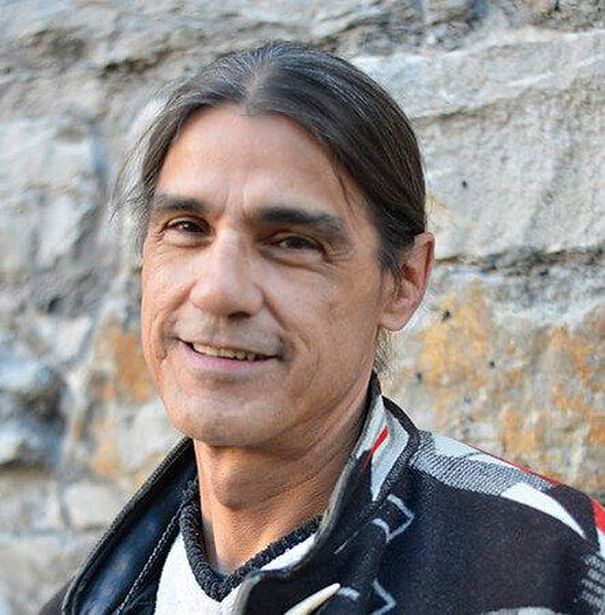This week over 100 Indigenous and non-Indigenous educators and representatives from across the country convened to work on setting the stage for systemic change in Indigenous land-based education. The Actua network, a self-professed leader in land-based STEM education, hosted the gatherings.
STEM is a curriculum based on the idea of educating students in four specific disciplines — science, technology, engineering and mathematics — in an interdisciplinary and applied way.
As parents and educators nationwide struggle with how to make education work in a pandemic environment, Indigenous students, particularly in northern remote parts of the country, have headed back to the land.
“We really found that there is a national consensus on the importance of bringing this into the school system. Certainly there are challenges, but the benefits far outweigh those challenges and that there is huge opportunity here for Indigenous learning to actually really contribute to the future classroom,” Doug Dokis, Actua’s Director of Indigenous Youth in STEM (InSTEM) program, said.
According to Dokis, grounding lessons in Indigenous knowledge provides Indigenous students with a sense of pride in their identity and shows them that their cultural perspectives are valued.
A press release said that as Indigenous Elders and Knowledge Keepers take the lead, there is an opportunity to work with Indigenous communities, education authorities, industry and post-secondary institutions in reshaping the classroom of the future for Indigenous youth and for all Canadian youth.
Dokis explained that with COVID-19 shutting down schools and creating other problems the education system is scrambling to find ways to create safe classrooms.
“A lot of those conversations are revolving around more outdoor experiences for kids and what we are saying is that Indigenous land-based … models are ideal for aligning with school systems and existing programming and building that out,” Dokis explained.
“It would be beneficial not only to Indigenous kids but all kids.”
Actua is a national non-profit whose membership consists of 42 universities and colleges across Canada.
“We deliver our STEM outreach through those networks of undergrad students at those universities an colleges. So we are present in all of these regions and territories across Canada,” Dokis said.
The member organizations in the province include the University of Regina who hosted through their EYES (Educating Youth in Engineering and Science) program; the other member organizations are the University of Saskatchewan and First Nations University of Canada.
Actua works with over 200 Indigenous communities, also building partnerships with the local education sector.
“I reached out to a lot of the contacts that I have at a national level in these high level Indigenous or education portfolios and began to build a list of people that were and are actively involved in Indigenous education at the provincial level. From there we also got suggestions from existing relationships,” Dokis explained.
The national forum set the groundwork for what is hoped will result in vastly improved educational outcomes for Indigenous students and a real path forward towards reconciliation.
“We looked to address some of the systemic problems and challenges within the education system,” Dokis said.
“Part of that is that Indigenous knowledge is not recognized or included in or inclusive of mainstream education systems. So we wanted to create an opportunity to better integrate and align Indigenous knowledge and education within the whole system across the country,” Dokis explained.
Typically teams from Actua go to communities and work on coding or robotics or other STEM activities. With land-based STEM they work with what is happening at the cultural level around things such as land management.
“We would build STEM activities to support the local cultural knowledge and cultural aspects (such as) harvesting fish or harvesting game. Then we would build activities to support that within the land programming.”
Students that participate get high school credits.
“That helps address high school graduation rates and encourages more Indigenous youth to participate or to follow into STEM careers.”
The program has been working in Indigenous communities for over 25 years and the credit component has been around for four years.
A national forum held this week presented the outcomes of a series of seven regional roundtable events on Indigenous land-based STEM education.
“Part of our outreach consists of Indigenous communities doing workshops in school programs. So the roundtables were primarily focused on Indigenous leadership, Indigenous educators, education authorities, school boards and regional or provincial or territorial ministries that are responsible for that segment of education,” Dokis said.
“We are producing a discussion paper from all of these roundtables and the national forum and this discussion paper will be circulated widely across the country. And then we are moving towards the next steps of facilitating some of the conversations that would need to happen around curriculum development, curriculum assessment, all of those kinds of things,” Dokis said.
He explained that he didn’t know how long the process would take.
“We really are wanting to see systemic change and systemic recognition that this is valuable to the education system in this country,”
Dokis said there needs to be recognition at all levels of government in order to make these ideas spread through the education system.
“We will continue to advocate and continue to build out this at a local level with the idea that we have recognized through these conversations that these can move quite quickly in the sense of how systems typically move. Certainly the COVID situation with the classroom has kind of opened the door and the conversation more targeting outdoor education or land based learning opportunities,” Dokis said.


